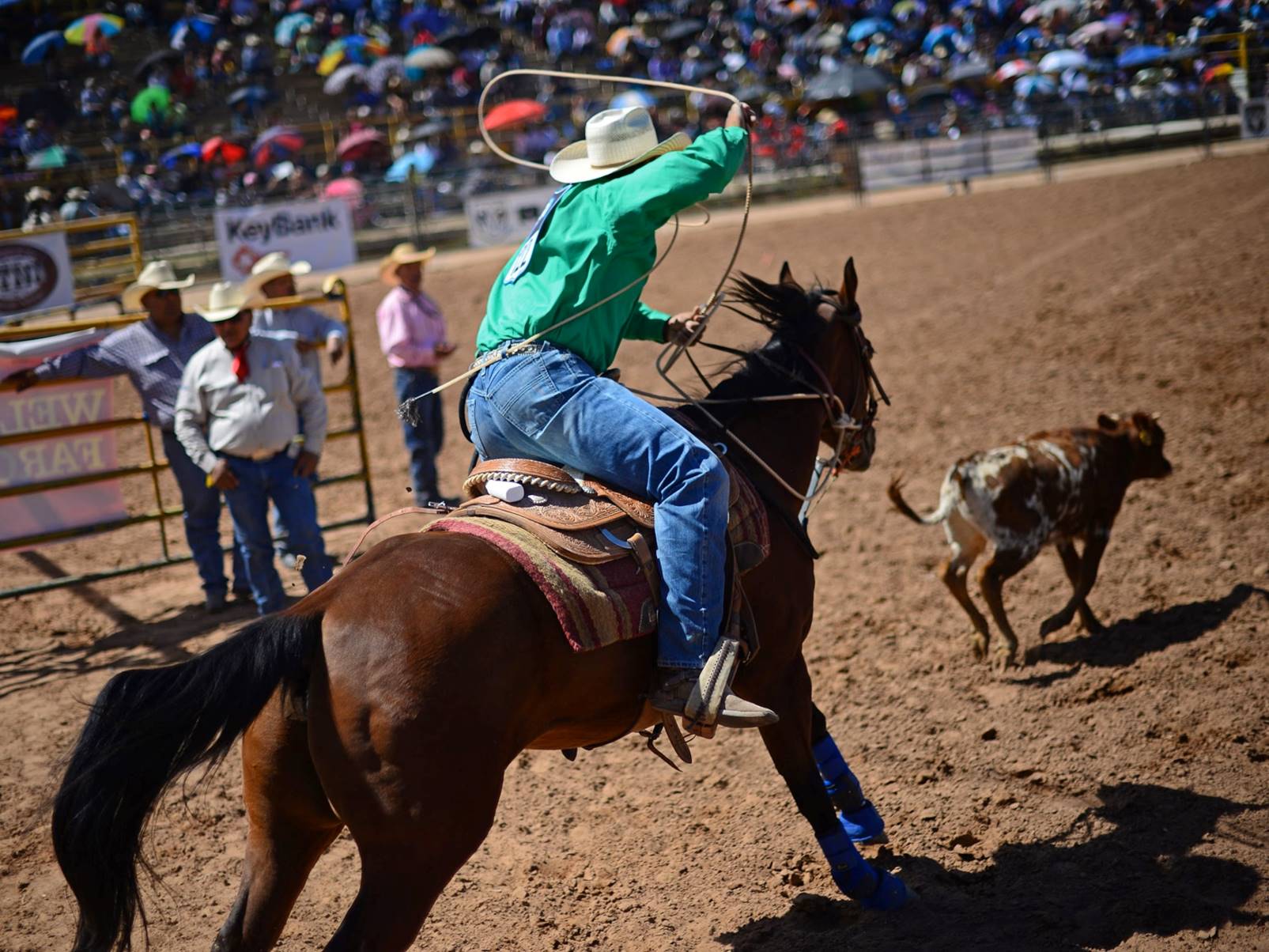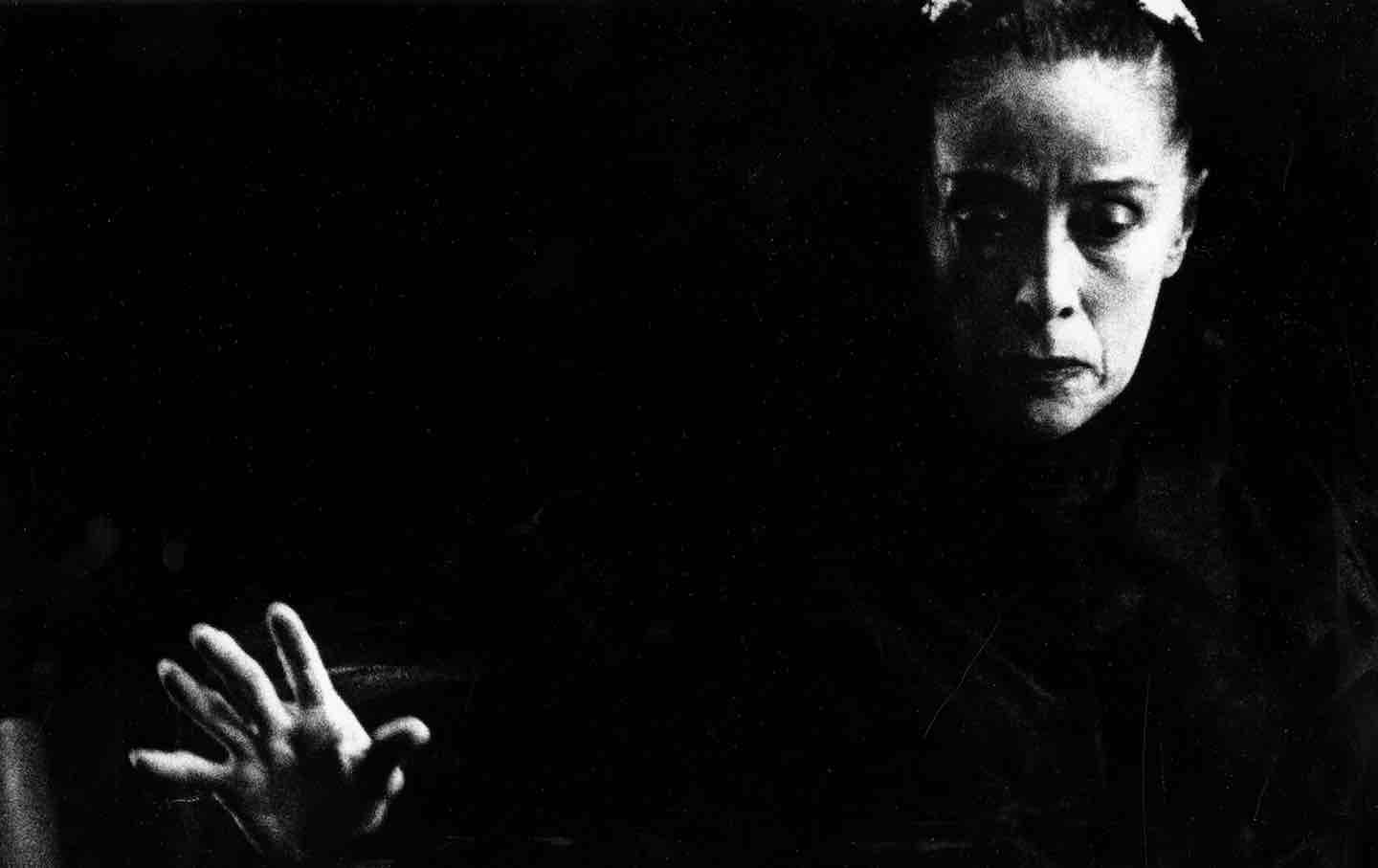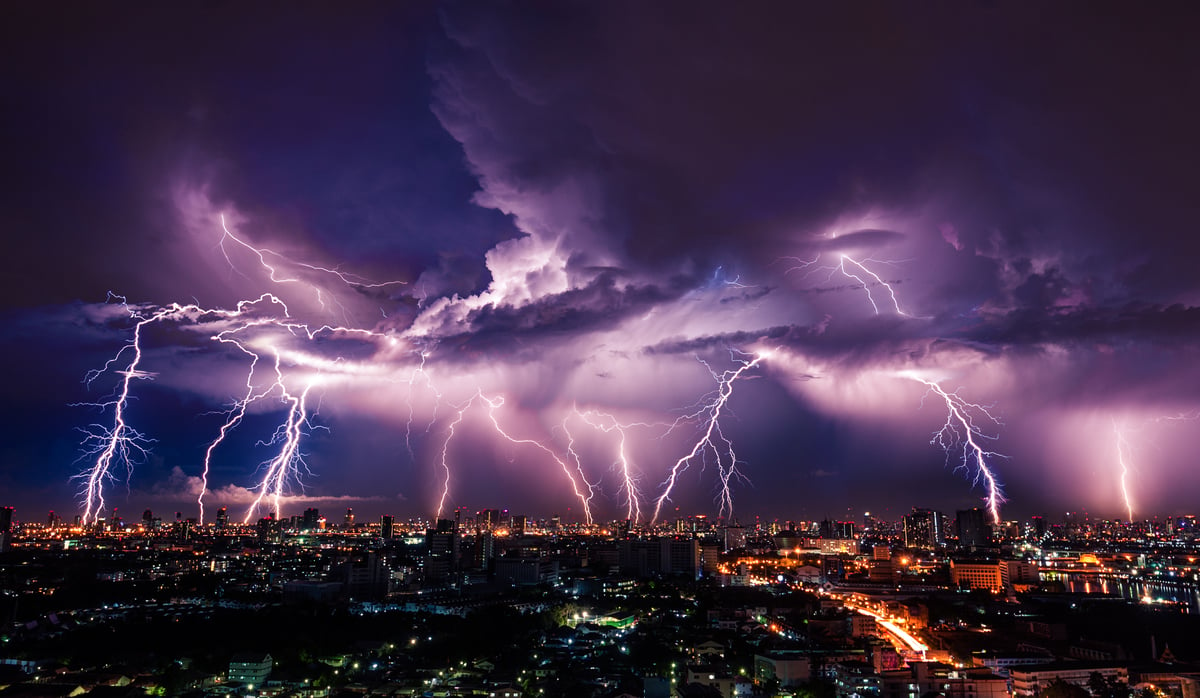
Rodeo, the exciting and adrenaline-pumping sport that combines skill, agility, and bravery, has been captivating audiences for decades. Steeped in rich history and rooted in the traditions of the American West, rodeo events showcase the remarkable talent of cowboys and cowgirls as they compete in various thrilling disciplines. But did you know that there is more to rodeo than just bull riding and barrel racing?
In this article, we will uncover 10 fascinating rodeo fun facts that will surely make you appreciate the sport even more. From the origins of rodeo to the impressive records set by renowned competitors, you’ll discover intriguing nuggets of information that will leave you craving for more rodeo action. So saddle up and join us as we explore the world of rodeo and reveal some surprising and lesser-known facts that will have you shouting “Yee-haw!
Key Takeaways:
- Bull riding is the most thrilling and dangerous rodeo event, showcasing the incredible strength and agility of bulls, making it an adrenaline-pumping spectacle for spectators.
- Rodeo events celebrate the unique bond between humans and animals, highlighting the teamwork and trust between cowboys and their horses, making it a thrilling and heartwarming experience for all.
Bull riding is the most dangerous rodeo event.
Bull riding is a thrilling and high-risk rodeo event where cowboys attempt to stay on a bucking bull for eight seconds. With incredible strength and agility, bulls can weigh up to 2,000 pounds and have a reputation for being unpredictable. The adrenaline rush and the danger involved make bull riding one of the most exciting and daring events in the rodeo.
Barrel racing is the only rodeo event exclusively for women.
Barrel racing is a fast-paced and skillful rodeo event where female contestants race against the clock, maneuvering their horses in a cloverleaf pattern around three barrels. The precision, speed, and agility required to complete the pattern in the shortest time possible make it a thrilling spectacle for spectators.
Rodeo originated from the traditions of Mexican vaqueros.
Rodeo has its roots in the traditions of Mexican vaqueros, skilled horsemen who were responsible for herding cattle in the American West. The rodeo evolved from the informal competitions among these ranch workers, showcasing their riding and roping skills. Today, rodeo has become a popular sport and a celebration of Western culture.
Calf roping is one of the oldest rodeo events.
Calf roping, also known as tie-down roping, is a classic rodeo event dating back to the early 1900s. Contestants need to rope a running calf and then quickly dismount their horse to tie three of the calf’s legs together. It requires precision, speed, and agility, and highlights the skills of working cowboys.
The rodeo cowboy’s attire is steeped in tradition.
Rodeo cowboys have a distinctive attire rooted in tradition and practicality. They wear a cowboy hat, often made of felt or straw, to protect themselves from the sun. They also wear long-sleeved shirts, jeans, boots, and a rodeo belt buckle, which is often personalized to reflect their achievements in the sport.
Rodeo clowns play a crucial role in ensuring the safety of riders.
Rodeo clowns, also known as bullfighters, are not just entertainers but also vital in protecting the riders. They distract the bulls after a ride, ensuring the riders’ safe dismount, and provide a valuable barrier between the bull and the fallen cowboy if needed. Their quick reflexes and agility play a crucial role in maintaining safety in the arena.
Steer wrestling demands incredible strength and technique.
Steer wrestling, also known as bulldogging, requires cowboys to jump off their horses onto a running steer and wrestle it to the ground by grabbing its horns. This event requires immense strength, agility, and precise timing to execute the technique successfully.
Rodeos attract a large audience worldwide.
Rodeos have gained immense popularity worldwide, attracting large audiences. Spectators are drawn to the excitement, skill, and adrenaline-pumping action displayed by the rodeo athletes. From the United States to Canada, Australia to Brazil, rodeos have become a major sporting and entertainment event.
Rodeo events showcase the bond between humans and animals.
Rodeo events highlight the unique bond between humans and animals, particularly horses. The incredible teamwork and trust between the rodeo cowboy and their horse are evident in events such as barrel racing and roping. The animals are highly trained and valued partners in these thrilling competitions.
Rodeo queens represent the spirit and tradition of the sport.
Rodeo queens play a significant role in promoting the sport and preserving its traditions. They represent the spirit of the rodeo and serve as ambassadors, participating in parades, rodeo events, and community outreach programs. Their poise, horsemanship, and dedication make them an essential part of the rodeo culture.
Conclusion
Rodeo events are not only thrilling and exciting, but they also carry a rich history and tradition. From the daredevil cowboys and cowgirls to the majestic animals, rodeos have captivated audiences worldwide for centuries. Whether you’re a fan of the heart-stopping bull riding or the lightning-fast barrel racing, there’s no denying the excitement of the rodeo.We hope these 10 rodeo fun facts have given you a deeper appreciation for this unique sport. From the origins of rodeo in the Wild West to the talented individuals who participate, rodeo is a showcase of skill, determination, and true grit. So next time you find yourself at a rodeo event, remember these fascinating facts and enjoy the electrifying atmosphere that makes rodeo such a beloved pastime.
FAQs
1. How did rodeo begin?
Rodeo originated from the working practices of cattle herding in the American West during the late 19th century. It developed as a way for cowboys to showcase their skills and compete against one another.
2. What are the main events in a rodeo?
The main events in a rodeo typically include bull riding, bronc riding (saddle bronc and bareback), tie-down roping, steer wrestling, barrel racing, and team roping.
3. Are the animals in rodeos well taken care of?
Yes, the welfare of the animals is of utmost importance in rodeo. Professional rodeos have strict guidelines and regulations in place to ensure the well-being and safety of the animals involved.
4. How are rodeo events scored?
Rodeo events are scored based on a combination of time and execution. In timed events like roping and racing, the fastest time wins. In events like bull riding, judges score based on the rider’s control and ability to stay on the bull.
5. Are there age restrictions for participating in rodeo?
Yes, there are age restrictions for certain events in rodeos. Some events have minimum age requirements for participants to ensure their safety and competency.
6. Can anyone participate in a rodeo?
Yes, anyone with the necessary skills and training can participate in rodeo events. However, professional rodeos usually require individuals to go through qualifying competitions or be a part of certain associations.
7. How long does a typical rodeo last?
The duration of a rodeo can vary depending on the number of events and participants. A single-day rodeo can last several hours, while larger rodeos that span multiple days can go on for a weekend or even a week.
8. Are there different types of rodeos?
Yes, there are various types of rodeos. Some rodeos focus on traditional Western events, while others may specialize in specific events like bull riding or barrel racing. There are also themed or speciality rodeos that cater to particular interests or demographics.
9. Are injuries common in rodeo?
Like any high-impact sport, injuries can occur in rodeo. However, safety measures, rigorous training, and protective gear help reduce the risk of injuries for both participants and animals.
10. Can individuals attend rodeos as spectators?
Absolutely! Rodeos are open to the public, and spectators are encouraged to attend and cheer on the participants. It’s a great way to experience the thrill of the rodeo firsthand.
Was this page helpful?
Our commitment to delivering trustworthy and engaging content is at the heart of what we do. Each fact on our site is contributed by real users like you, bringing a wealth of diverse insights and information. To ensure the highest standards of accuracy and reliability, our dedicated editors meticulously review each submission. This process guarantees that the facts we share are not only fascinating but also credible. Trust in our commitment to quality and authenticity as you explore and learn with us.


